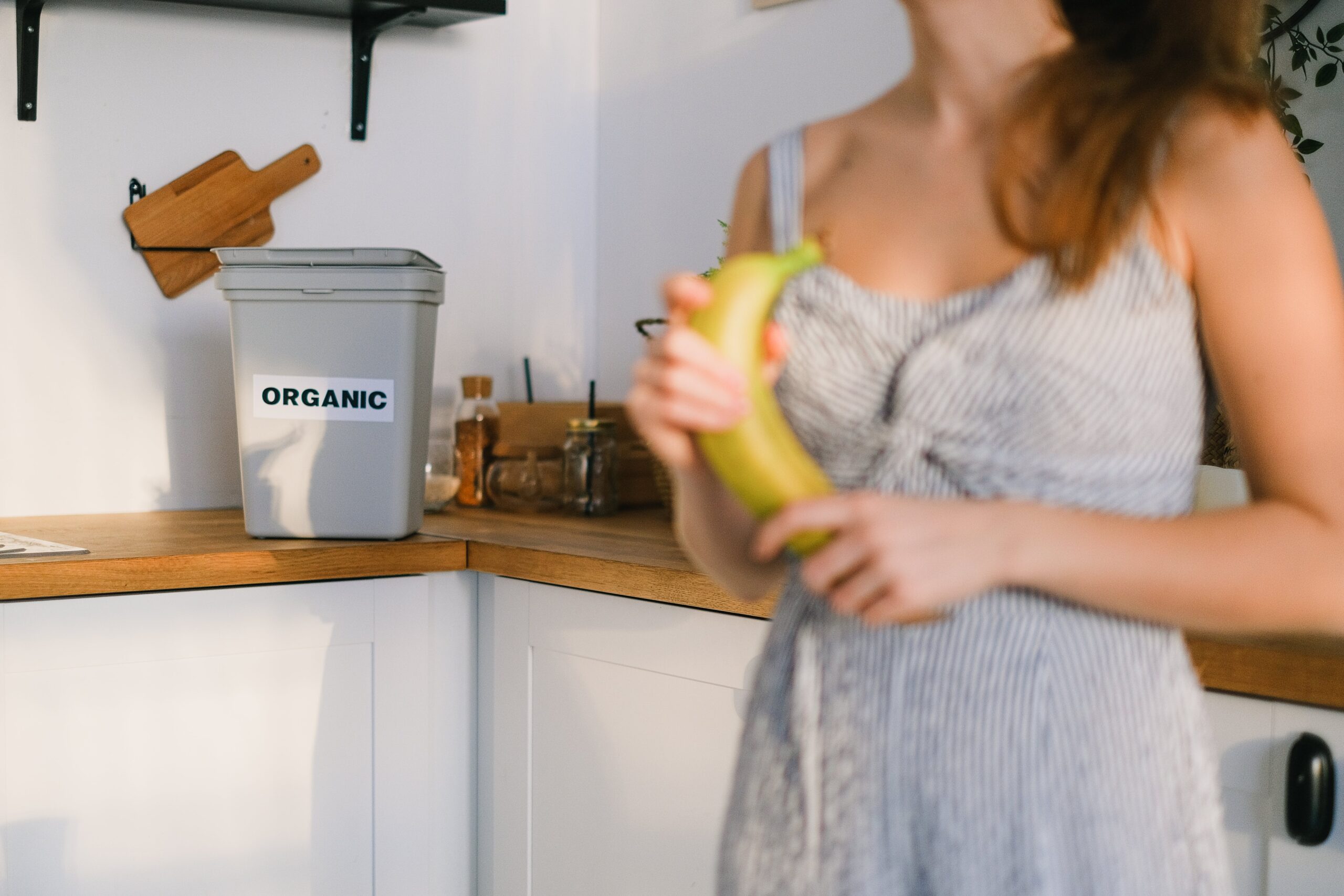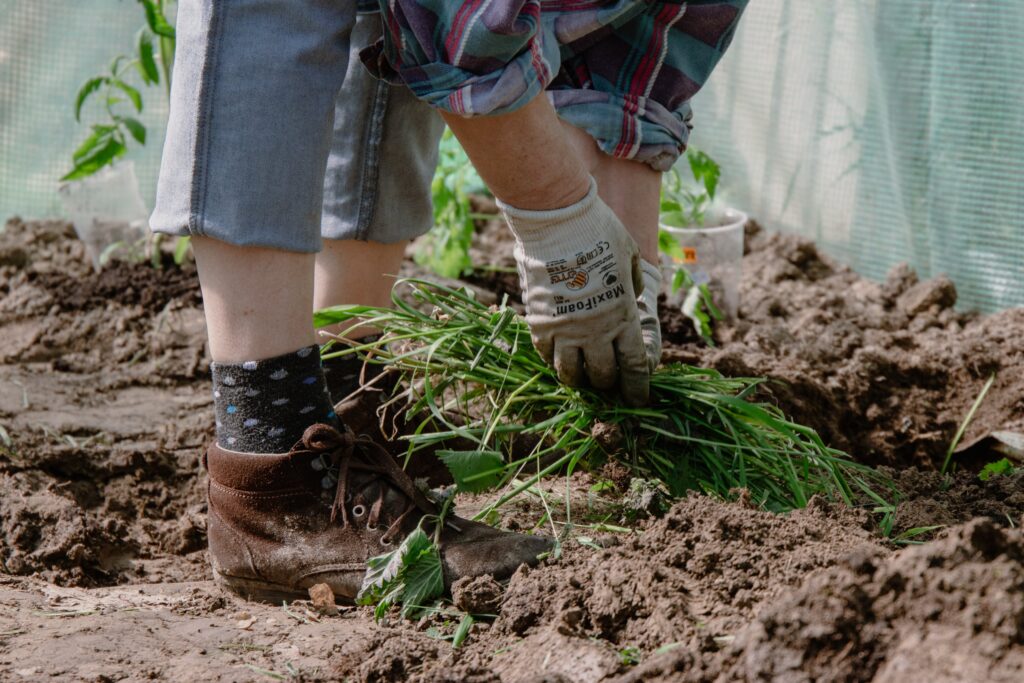
10 Types of Compost to Supercharge Your Garden’s Well-being
Embarking on the journey to create a flourishing garden involves more than just planting seeds and providing water and sunlight. The secret lies beneath the surface—healthy soil enriched with a diverse array of compost. In this comprehensive exploration, we delve into the intricate world of composting, unveiling 10 unique types of compost that act as potent elixirs for your garden’s well-being.
10 Types of Compost

1. Kitchen Scraps Compost: The Culinary Concoction:
Gather kitchen scraps like fruit and vegetable peels, coffee grounds, and eggshells to create a compost rich in nitrogen. These kitchen cast-offs not only divert waste from landfills but also infuse your soil with essential nutrients, fostering a balanced pH environment.
2. Leaf Mold Compost: Nature’s Blanket for Your Garden:
Rake up fallen leaves and let nature work its magic. Leaf mold compost enhances soil structure, promotes water retention, and improves aeration. It’s a natural conditioner that turns garden waste into a valuable resource, providing a cozy blanket for your plants.
3. Manure Compost: The Fertility Elixir:
Animal manure, when composted properly, becomes a powerhouse of nutrients. Packed with nitrogen, phosphorus, and potassium, manure compost is a dynamic fertilizer. Ensure thorough composting to eliminate potential pathogens and unleash the fertility within.
4. Coffee Grounds Compost: Brewing Success for Your Garden:
Before discarding coffee grounds, consider their potential in the compost bin. High in nitrogen, coffee grounds boost microbial activity and act as a natural pest repellent. Your morning ritual can contribute to a thriving garden ecosystem.
5. Green Waste Compost: Harnessing the Power of the Greens:
Collect grass clippings, garden trimmings, and other green waste to create a compost teeming with nitrogen. This nutrient-rich blend invigorates your garden, promoting vigorous plant growth and providing the essential building blocks for a healthy ecosystem.
6. Wood Ash Compost: The Potassium Powerhouse:
If you have a fireplace, don’t overlook the ash. Wood ash compost is a rich source of potassium, vital for flowering and fruiting plants which is considered as one of the good types of compost. Exercise caution, however, as excessive use can alter soil pH. Balance is key for harnessing its potential.
7. Seaweed Compost: Tapping into the Ocean’s Bounty:
Coastal gardeners, rejoice! Seaweed compost brings the minerals and trace elements of the sea to your soil. Rinse seaweed thoroughly to remove excess salt before composting, and watch your plants thrive with this oceanic elixir.
8. Straw Compost: A Breath of Fresh Carbon:
Straw, abundant in carbon, offers the perfect complement to nitrogen-rich components in your compost. Enhancing aeration, water retention, and reducing compaction, straw compost is a must for maintaining soil health.
9. Compost Tea: A Liquid Gold Infusion:
Elevate your composting game by brewing compost tea. This liquid gold is a nutrient-rich solution that can be sprayed directly on plant leaves, providing an immediate and easily absorbable nutrient boost. It’s the espresso shot for your garden.
10. Worm Castings Compost: Black Gold from Below:
Enter the realm of “black gold” with worm castings—earthworm excrement that’s a potent fertilizer. Laden with beneficial microorganisms, worm castings improve soil structure and nutrient availability, contributing to a thriving garden ecosystem.
Process of Creating Different Types of Compost

Certainly! The process of making different types of compost involves creating a balanced environment where microorganisms can break down organic matter into nutrient-rich humus. Here’s a step-by-step guide on how to make compost using the various materials mentioned in the article:
1. Kitchen Scraps Compost:
– Collect kitchen scraps such as fruit and vegetable peels, coffee grounds, and eggshells.
– Avoid adding meat, dairy, or oily items to prevent unpleasant odors and pests.
– Place the kitchen scraps in a compost bin or pile.
2. Leaf Mold Compost:
– Rake up fallen leaves from your garden.
– Create a separate leaf pile or use a designated compost bin.
– Turn the leaves occasionally to speed up decomposition.
3. Manure Compost:
– Collect well-aged animal manure (from herbivores like cows, horses, or chickens).
– Mix the manure with other organic materials like straw or dry leaves.
– Turn the compost regularly to ensure proper aeration.
4. Coffee Grounds Compost:
– Save used coffee grounds from your coffee maker.
– Mix the coffee grounds with other compost materials to balance carbon and nitrogen.
– Sprinkle the coffee grounds evenly throughout the compost pile.
5. Green Waste Compost:
– Collect grass clippings, plant trimmings, and other green materials.
– Alternate layers of green waste with brown materials (like dry leaves or straw) to maintain a balanced ratio.
– Turn the compost regularly to speed up decomposition.
6. Wood Ash Compost:
– Collect wood ash from your fireplace or wood stove.
– Add small amounts to the compost pile to avoid raising the pH too much.
– Mix wood ash with other compost materials to distribute it evenly.
7. Seaweed Compost:
– Gather seaweed from coastal areas, ensuring it is rinsed thoroughly to remove excess salt.
– Mix seaweed with other compost materials to balance nutrients.
– Turn the compost regularly to accelerate decomposition.
8. Straw Compost:
– Collect straw or hay from agricultural sources.
– Layer the straw with other compost materials to achieve a balanced C:N ratio.
– Turn the compost regularly for even decomposition.
9. Compost Tea:
– Place compost materials in a breathable bag or container.
– Submerge the bag in water, allowing the nutrients to leach into the water.
– Use the nutrient-rich water as a foliar spray or soil drench.
10. Worm Castings Compost:
– Set up a vermicomposting bin with bedding materials like shredded newspaper.
– Add kitchen scraps and other compostable materials to the bin.
– Let worms (red wigglers are commonly used) break down the materials, producing nutrient-rich castings.
General Composting Making Tips:

– Balanced Ratio: Maintain a balanced carbon-to-nitrogen (C:N) ratio. Aim for roughly 30 parts carbon to 1 part nitrogen.
– Aeration: Turn the compost regularly to provide oxygen to the microorganisms and accelerate decomposition.
– Moisture: Make sure the compost pile is continually wet but not soggy. It needs to have a sponge-like feel to it.
– Patience: Composting takes time. Depending on the materials used and conditions, it may take several weeks to months for compost to be ready.
You can create a nutrient-rich compost that will improve the health and vibrancy of your garden by based to these standards.
Wrapping Note:
As you embark on the composting journey, consider it an art form—a harmonious blend of kitchen scraps, fallen leaves, and natural elements. Experiment with these 10 types of compost to create a symphony of nutrients, fostering a garden that goes beyond mere survival to a vibrant, flourishing haven for plants and beneficial organisms alike. Composting, in the language of soil alchemy, is the secret to realizing your garden’s full potential.
FAQs
1. What Can I Compost?
A: You can compost a variety of organic materials, including kitchen scraps (fruit and vegetable peels, coffee grounds, eggshells), yard waste (grass clippings, leaves, plant trimmings), and other organic materials like straw, wood ash, and even small amounts of paper. Avoid composting meat, dairy, and oily items, as well as diseased plants or pet waste.
2. How Much Time Is Needed to Create Compost?
A: The time it takes to make compost varies depending on factors such as the composting method, the size of the compost pile, and the materials used. Generally speaking, it may take a few weeks to many months.. Regularly turning the compost pile, maintaining the right moisture level, and ensuring a balanced carbon-to-nitrogen ratio can speed up the composting process.
3. Can I Compost in a Small Space or Indoors?
A: Yes, you can compost in small spaces or even indoors using methods like vermicomposting (composting with worms), bokashi composting (using a special fermentation process), or composting in small bins. These methods are efficient and well-suited for those with limited outdoor space or living in apartments.
4. How Do I Prevent Unpleasant Odors in My Compost?
A: To prevent unpleasant odors in your compost, avoid adding meat, dairy, or oily items, as these can attract pests and create foul smells. Ensure a balanced carbon-to-nitrogen ratio by adding a mix of green (nitrogen-rich) and brown (carbon-rich) materials. Regularly turning the compost pile helps with aeration and reduces the risk of anaerobic conditions that lead to bad smells.
5. Can I Compost Weeds or Diseased Plants?
A: While it’s generally safe to compost weeds, avoid composting those that have gone to seed to prevent the spread of weeds in your garden. Diseased plants should be avoided in regular compost piles, as the heat generated may not be sufficient to kill certain pathogens. Consider hot composting or using specialized composting methods for diseased plants.
6. How Do I Use Compost in My Garden?
A: Compost can be used in various ways in the garden. You can mix it with garden soil to improve its structure, fertility, and water retention. Top-dress existing plants with a layer of compost or incorporate it into planting holes for new plants. Compost tea, a liquid fertilizer derived from compost, can be sprayed on plant leaves for a quick nutrient boost. Use compost as a mulch to suppress weeds and retain moisture.
Remember to tailor your composting approach to your specific needs and gardening practices, and enjoy the benefits of nutrient-rich, homemade compost in your garden.





